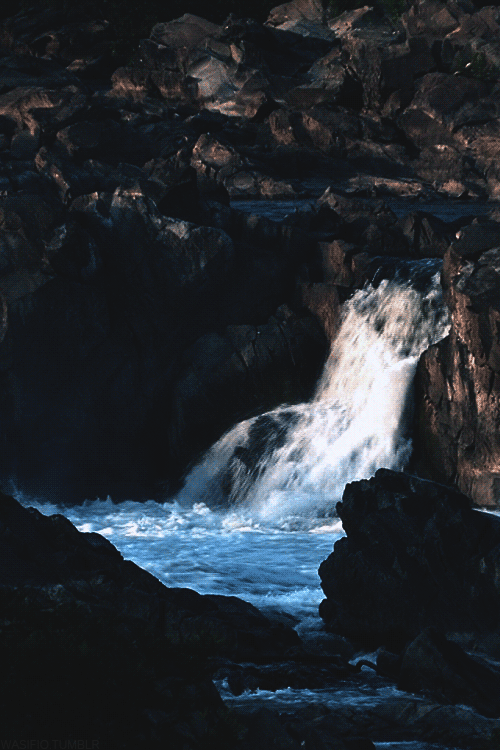Natural Beauty of St. Martin's Island
St.
Martin's island is a beautiful coral island under Teknaf upazila.
Local people call it Narikel Zinjira. It is also called the 'beauty
spot of the Bay'. The 13 Sq.km island is a tropical treasure, situated
17 km away from Teknaf, with beaches fringed with coconut palms,
seashells and bountiful marine life. Visitors can see live corals here.
An
overnight stay on St. Martin's island is really an extraordinary
experience: you can lie in bed and listen to the murmuring of endless
waves. It would be a bonanza for anyone to experience the beauty of the
moonlit night on this island. Tourists may also plan a visit to Chhera
dwip, which is close to St. Martin's island, and famous for its
tranquil beauty.
Native name: Narical Gingira (Bengali), Daruchini Dip (Bengali)
Location: Bay of Bengal
Coordinates: 20°37′38.12″N 92°19′21.28″E
Area: 8 km2 (3.1 sq mi)
Country: Bangladesh
Demographics: Population 7,000 (as of 2006)
Density: 875 /km2 (2,266 /sq mi)
St. Martin's Island is a small island (area only 8 sq. km) in the
northeastern part of the Bay of Bengal, about 9 km south of the tip of
the Cox's Bazar-Teknaf peninsula, and forming the southernmost part of
Bangladesh. There is a small adjoining island that is separated at high
tide, called Chhera island. It is about 8 km west of the northwest coast
of Myanmar, at the mouth of the Naf River. The first settlement started
just 250 years ago by some Arabian Sailors who named the island
‘Zajira’. During British occupation the island was named St. Martin
Island. The local names of the island are "Narical Gingira", also
spelled "Narikel Jinjira/Jinjera", which means 'Coconut Island' in
Bengali, and "Daruchini Dip". It is the only coral island in Bangladesh.
Most of the island's approximately 7,000[1] inhabitants live primarily
from fishing. Besides, the other staple crops are rice and coconut.
Being very common in the island, Algae is collected, then dried and
finally exported to Myanmar. Between October and April, the fishermen
from neighboring areas bring their caught fishes to the island's
temporary wholesale market. As the centre and the south are mainly
farmland and makeshift huts, most of the strenuous[clarification needed]
things are around the far north of the island. However exports of
chicken, meat and other foods do come in from the mainland Bangladesh,
Myanmar (Burma) . During the rainy season because of the terrible bay of
bengal the inhabitats have no scope to go to mainland (teknaf) and
their life has became dangerous as there is no doctor in this remote
island
The only way to reach the place is the water transportation i.e. boats
and ships (mostly for tourists) from Teaknaf. Do not expect to find
taxis, tarred roads or electricity here in the island. Except for the
larger hotels that run on generators, there is no electricity supply
from National grid in the island since after dangerous hurricane on year
1999. The island is all about sun, sea and palm trees. During the day,
the island comes alive with water and beach sports, with beach parties
and bonfires lighting up the evening skies.
From 1989 - 2004 Non residential Bangladeshis and foreigners were the
only people permitted on the island, however this has changed and now
residential Bangladeshi's are allowed. St. Martin's Island has
become a popular tourist spot. Currently, five shipping liners run daily
trips to the island, including Shahid Sher Niabat, L C T Kutubdia,
Eagle, Keari Cruise & Dine and Keari-Sindbad. Tourists can book
their trip either from Chittagong or from Cox's Bazar. The surrounding
coral reef of the island has an extension named Chera Dwip. A small bush
is there, which is the only green part of Chera Dwip, enhancing the
beauty of this island. People do not live on this part of the island, so
it is advisable for the tourists to go there early and come back by
afternoon.
In the past 5 years St. Martin's visitor population has increased
dramatically. While this situation has proven to be lucrative for the
islanders, it is causing the natural beauty of the island to
deteriorate. Presently there are many efforts being put forth to
preserve the several endangered species of turtles that nest on the
island, as well as the corals, some of which are found only on Narikel
Jinjera. Pieces of the coral reef are being removed in order to be sold
to tourists. Nesting turtles are sometimes taken for food, and their
hatchlings are often distracted by the twinkling lights along the beach.
Species of fish, a few just recently discovered, are being overfished.
Every year the fishermen must venture further out to sea to get their
catch. Most of them use motorless boats.
It's possible to walk around the island in a day because it measures
only 8 km2 (3 sq. mile), shrinking to about 5 km2 (2 sq. mi) during high
tide. The island exists only because of its coral base, so removal of
that coral risks erosion of the beaches. Sadly, St. Martin's has lost
roughly 25% of its coral reef in the past 7 years.
















0 comments:
Post a Comment